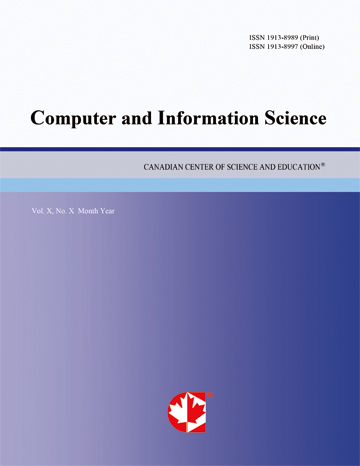Machine Learning Approach to Combat False Alarms in Wireless Intrusion Detection System
- D. Sudaroli Vijayakumar
- S. Ganapathy
Abstract
Wireless Networks facilitate the ease of communication for sharing the crucial information. Recently, most of the small and large-scale companies, educational institutions, government organizations, medical sectors, military and banking sectors are using the wireless networks. Security threats, a common term found both in wired as well as in wireless networks. However, it holds lot of importance in wireless networks because of its susceptible nature to threats. Security concerns in WLAN are studied and many organizations concluded that Wireless Intrusion Detection Systems (WIDS) is an essential element in network security infrastructure to monitor wireless activity for signs of attacks. However, it is an indisputable fact that the art of detecting attacks remains in its infancy. WIDS generally collect the activities within the protected network and analyze them to detect intrusions and generates an intrusion alarm. Irrespective of the different types of Intrusion Detection Systems, the major problems arising with WIDS is its inability to handle large volumes of alarms and more prone to false alarm attacks. Reducing the false alarms can improve the overall efficiency of the WIDS. Many techniques have been proposed in the literature to reduce the false alarm rates. However, most of the existing techniques are failed to provide desirable result and the high complexity to achieve high detection rate with less false alarm rates. This is the right time to propose a new technique for providing high detection accuracy with less false alarm rate. This paper made an extensive survey about the role of machine learning techniques to reduce the false alarm rate in WLAN IEEE 802.11. This survey proved that the substantial improvement has been achieved by reducing false alarm rate through machine learning algorithms. In addition to that, advancements specific to machine learning approaches is studied meticulously and a filtration technique is proposed.
- Full Text:
 PDF
PDF
- DOI:10.5539/cis.v11n3p67
Journal Metrics
WJCI (2022): 0.636
Impact Factor 2022 (by WJCI): 0.419
h-index (January 2024): 43
i10-index (January 2024): 193
h5-index (January 2024): N/A
h5-median(January 2024): N/A
( The data was calculated based on Google Scholar Citations. Click Here to Learn More. )
Index
- BASE (Bielefeld Academic Search Engine)
- CNKI Scholar
- CrossRef
- DBLP (2008-2019)
- EuroPub Database
- Excellence in Research for Australia (ERA)
- Genamics JournalSeek
- GETIT@YALE (Yale University Library)
- Google Scholar
- Harvard Library
- Infotrieve
- Mendeley
- Open policy finder
- ResearchGate
- Scilit
- The Keepers Registry
- UCR Library
- WJCI Report
- WorldCat
Contact
- Chris LeeEditorial Assistant
- cis@ccsenet.org
